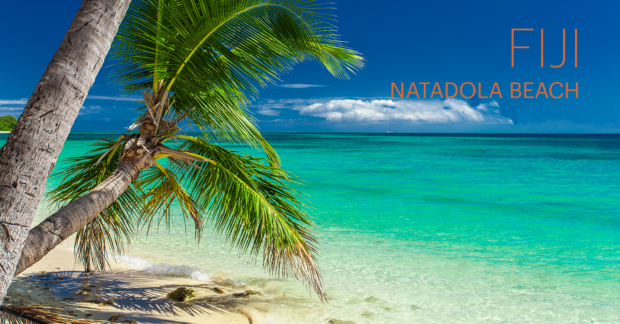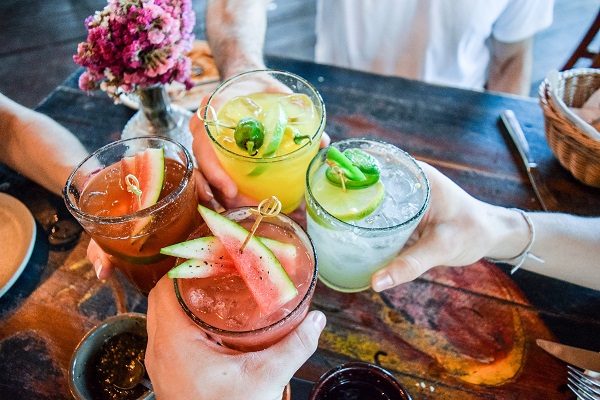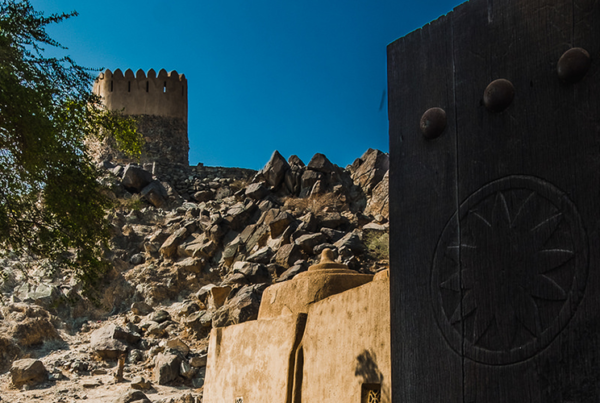Natadola is arguably Fiji’s most beautiful beach—and that’s saying a lot considering the competition. On your first visit, you won’t want to miss a moment of sunny perfection while getting yourself oriented to the destination. From the local currency and weather to the region’s history, food, and culture, here’s what you need to know before arriving in Natadola.
Location
Fiji is made up of 333 tropical islands in the South Pacific, and Natadola Beach is on the main island of Viti Levu. Most travellers fly in through the city of Nadi. Natadola is about a 45-minute drive south of the airport.
Money
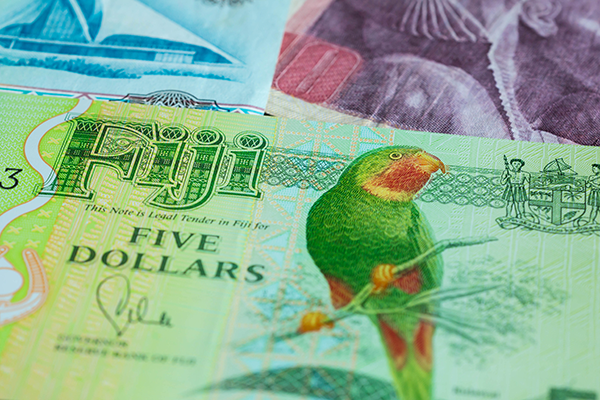
Source: Getty Images
The local currency is the Fijian dollar. It’s a good idea to have some cash on hand for any places that don’t accept credit cards, especially in remote areas. You can exchange your foreign currency at the airport or bank, and most resorts also have an ATM for guests to use. Here’s a money converter for the Fijian dollar.
Food
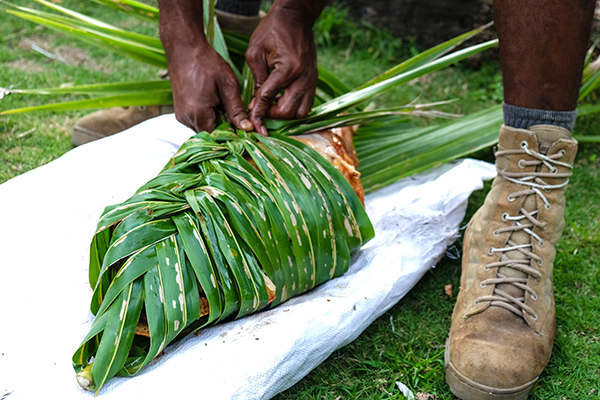
Lovo – Source: Getty Images
Fresh seafood and tropical fruits (think pineapple, coconut and mango) are a big part of Fijian cuisine, whether you’re browsing through a market or dining in a fine restaurant. Traditional dishes include lovo, a feast of meats and veggies wrapped in banana leaves and cooked underground, and kokoda, raw fish marinated in coconut cream, lime, and cream. (Check out the kokoda cooking class at the InterContinental Fiji Golf & Resort Spa to learn how to bring these flavours home with you.) Kava is the national drink; made from the roots of the kava plant and presented in a coconut shell cup, the drink is an important part of Fijian culture.
Language
Don’t worry about bringing a translator with you—English is almost universally spoken in Fiji, where it’s taught in local schools. But you’ll also hear Fijian and Hindi spoken across the island.
Local culture and traditions

Fire Show – Source: Getty Images
These islands boast a history as colourful as their tropical environment, and visitors can still get a glimpse of traditional Fijian life by visiting villages such as Malomalo and Batiri. There you can see typical island architecture like bures (wood and straw huts), as well as sacred structures such as a Vale ni Vanua, used as a ceremonial hub for special occasions. You might also get a chance to see locals perform Fijian dances like the meke (storytelling through song), the poi (performed at fire-walking shows), and the Indo-Fijian dance. Here’s the ultimate checklist for visiting Fiji.
Weather
No surprises, here—the weather in Fiji tends to be pretty perfect year-round. Expect highs in the 80s (the high 20s Celsius) and lows in the 60 and 70s (high teens and low 20s Celsius) most of the time, with the sunniest weather occurring between July and September. From November to April, tropical storms are a little more likely—but the weather’s still balmy from day to day.
Nature and wildlife

Source: Getty Images
Fiji’s main islands, including Viti Levu, are made up of tropical forests and rugged mountain ranges. On the land, you can see rare species of iguanas, fruit bats and vibrant birds. In the water, you may be lucky enough to find several endangered species of sea turtles, humpback whales, colourful fish and rare coral. Take a behind-the-scenes tour at the Kula Wild Adventure Park to see the Captive Iguana Breeding Center and the largest coral display in Fiji.
Activities
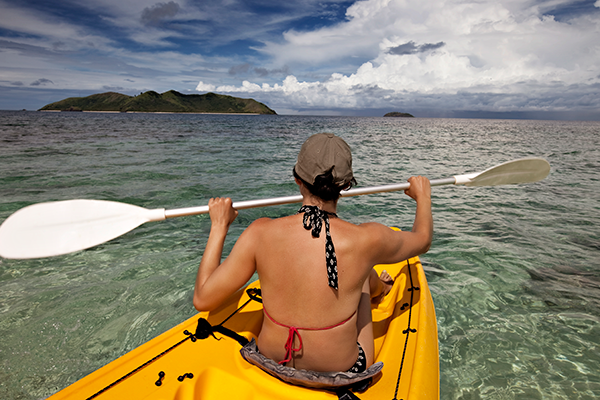
Source: Getty Images
Natadola Beach offers a wide array of activities, many of them centered on the island’s famously blue water: kayaking, paddle boarding, snorkeling and surfing are just a few options. For scuba lovers, there are 15 world-class dive sites in the area. Prefer to stay on the land? Check out the PGA-endorsed, 18-hole golf course, visit the Kula Wild Adventure Park, or explore the historic Navo Caves.
Technology
If you’re staying at a resort, you typically won’t have to worry about accessing strong Wi-Fi and having reliable phone service. However, service can be patchy outside of the cities in more remote areas. Most electricity is supplied via 220-240-volt outlets, so be sure to bring an adapter if your phone charger or hair dryer has a different plug.
However you choose to spend your time in Fiji, you’re sure to find it’s easy to navigate. With these facts in hand, you can get right to enjoying the pleasure of this tropical getaway.

